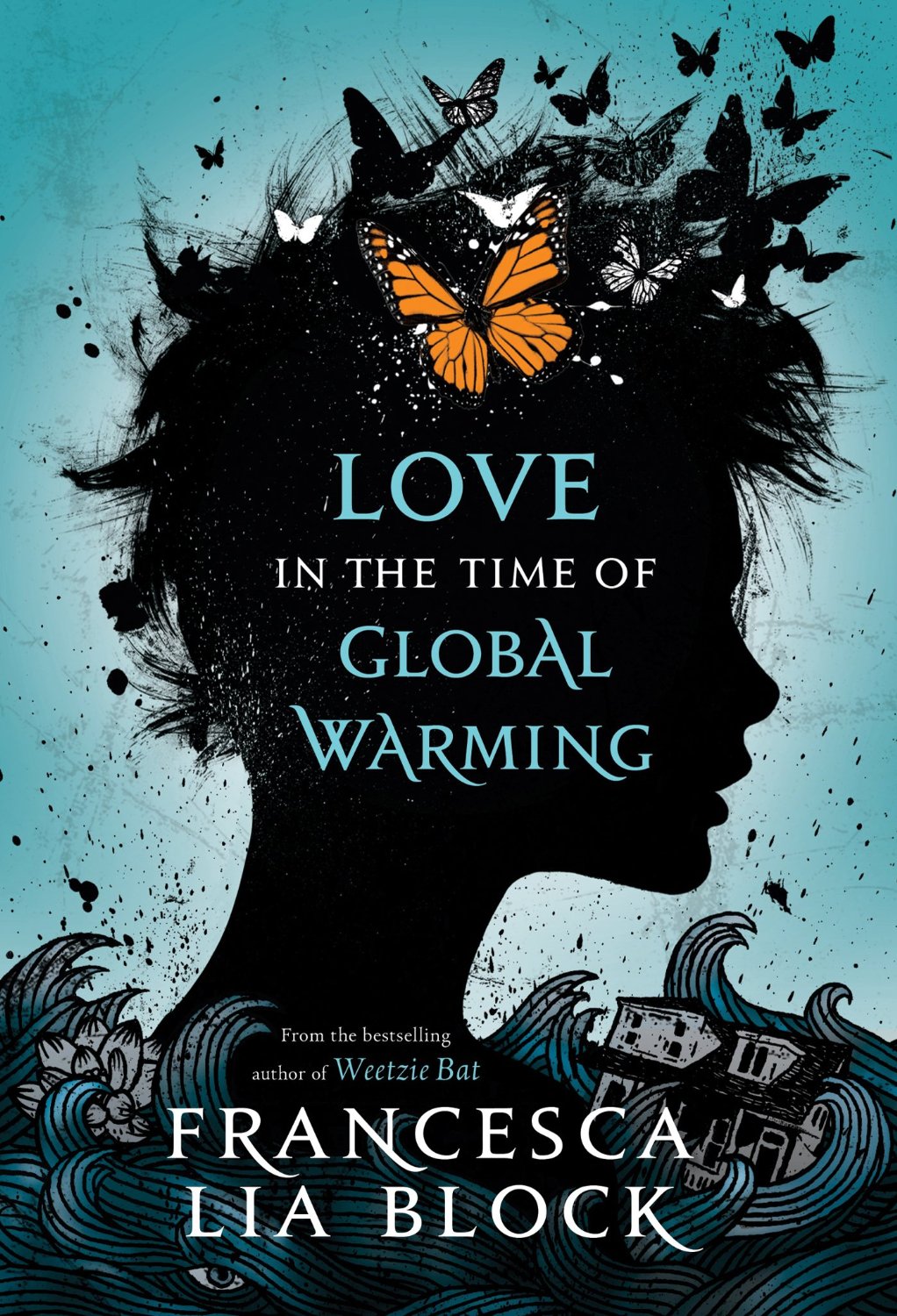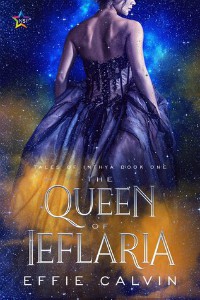Love in the Time of Global Warming follows Penelope – Pen – through a modern dystopian retelling of The Illiad. After a catastrophic earthquake (appropriately named the Ground Shaker) destroys her happy teenage life, Pen embarks on a dark myth-steeped adventure to find her missing parents and brother. Along the way, she encounters monsters, both literal and figurative, puzzles, and three other queer teens. However, despite the premise, the focus in Love is on storytelling and narrative, not on dystopian details. Pen tells stories and weaves narratives out of dreams, visions, and reality. There are some gritty details – searching for water or fuel, struggling to find food – but the book tends to skim over details that don’t further a metaphor or theme. The result is a dreamy experience, but Love lacks a certain level of grounding that I would have liked to see. The action scenes are never visceral and action was sometimes subsumed by vague prose.
Pen herself is a fascinating character, a bisexual teenage girl who speaks and dreams in art and literary allusions. (Several times, I found myself researching the unfamiliar paintings she references). She reveals her longstanding unreciprocated crush on one of her best friends in flashbacks and dreams, and while her sexuality is not the main focus of the book, her attraction to women and the female figure do often feature in her reactions. Her main love interest – Hex – is transgender and the first of three queer teenagers she meets. Their growing relationship is heartfelt, lovely, and slow enough to never upstage the pace of their grand quest.
Francesca Lia Block writes Love in the Time of Global Warming with floating and lush prose, rich with imagery and monsters pulled both from Homer (the Lotus-Eaters, the Sirens, and more) and traditional fairy-tales. Butterflies and small acts of courage are both oft reoccurring themes. If you enjoy gorgeous wordplay, art and literary allusions, I can definitely recommend Love in the Time of Global Warming.


